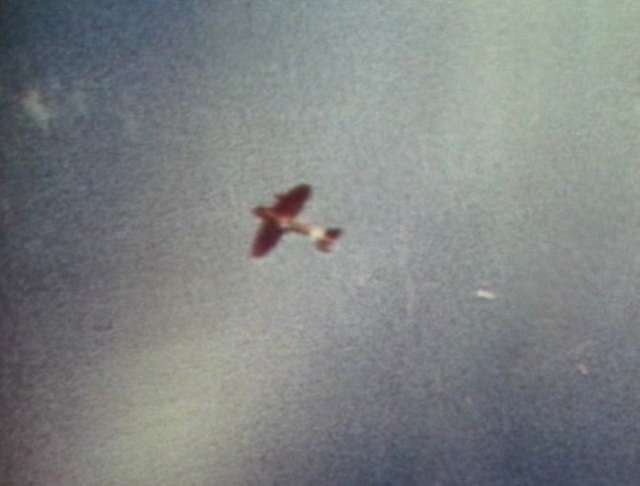The Trinity 1945 UFO Hoax: A Historical Examination
In the world of UFO sightings and alleged crash retrievals, there are often cases that capture the attention of enthusiasts and researchers alike. However, not all cases are created equal. In this article, we will explore one such case that has recently come under scrutiny for its lack of credibility and evidence.
The case in question is the alleged TRINITY UFO Crash Retrieval Case, which gained attention through a book co-authored by Paola Harris and Jacques Vallee titled “TRINITY – The Best Kept Secret.” As a former member of the Mutual UFO Network (MUFON) and a retired police sergeant with a background in criminal investigation, I was assigned to investigate this case as part of MUFON’s Special Assignments Team (SAT).
From the beginning, this investigation was odd. We were instructed to only investigate part of the claims made by Paola Harris, specifically her belief that noxious weeds had been planted at the crash site to deter future investigators from finding metal fragments of the crashed alien spaceship. We were explicitly told not to investigate the claims made by the witness, Jose Padilla, about his recovery of a fragment from the crashed spacecraft in 1945.
Our team included members with professional expertise in plant identification, who examined samples from the alleged crash site. The conclusion was that the plants identified, such as jimsonweed, cockle-burr, and nightshade, were common southwest plants and not the product of genetic engineering or deliberate planting. Despite this, Harris insisted that another unidentified botanist had obtained different results, suggesting that our investigation must be flawed.
As an experienced investigator, I found it concerning that we were not allowed to examine the entire case. This raised red flags and led me to conduct a more comprehensive investigation. During the Roswell UFO Festival, I met Frank Kimbler, a senior instructor at the New Mexico Military Academy in Roswell, who had been with Harris and Padilla at the alleged crash site in 2014.
Kimbler, an objective and respected researcher, provided valuable information regarding his investigation of the San Antonio, NM 1945 UFO Crash Site. He conducted specific gravity tests on a sample of the alleged metal artifact and concluded that it was identical to an A-13 alloy used in the late 1940s to early 1950s for various machinery, including windmills and pumps. Kimbler also found evidence that the alleged crash site was actually a dump site with no special vegetation or need for protective gear.
Based on Kimbler’s findings and my own analysis, it became clear that the alleged ET artifact was most likely a part from a windmill, not a crashed alien spacecraft. The vegetation at the site was nothing out of the ordinary, contrary to claims of deliberate planting. The credibility of the case rested solely on the testimony of Jose Padilla, whose claims were not verifiable and lacked plausibility in the context of military security in New Mexico in 1945.
To wrap it up, this investigation into the TRINITY UFO Crash Retrieval Case raises questions about the credibility and evidence presented. While it is natural for UFO enthusiasts to be captivated by such cases, it is important to approach them with skepticism and critical thinking. As researchers, we must strive for objectivity and rely on verifiable evidence to draw conclusions. Only then can we truly uncover the truth behind these mysterious phenomena.
